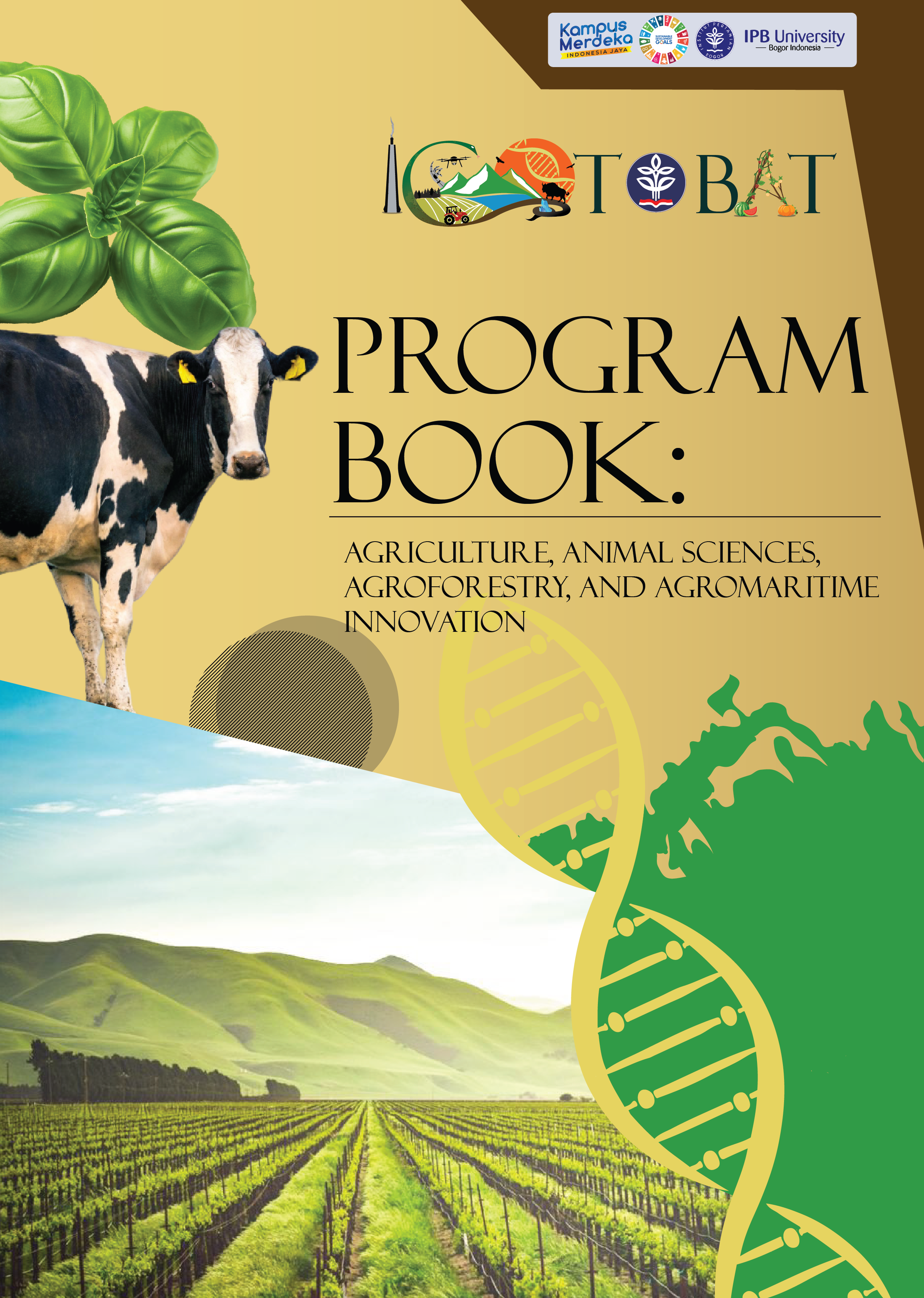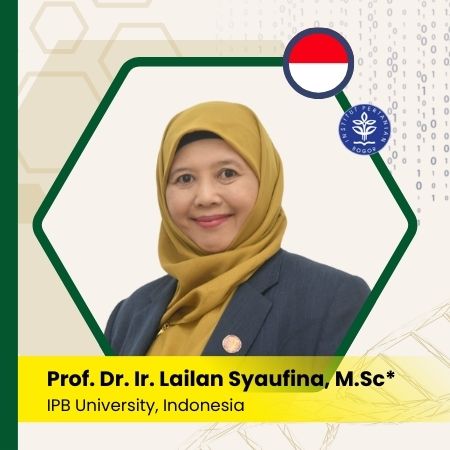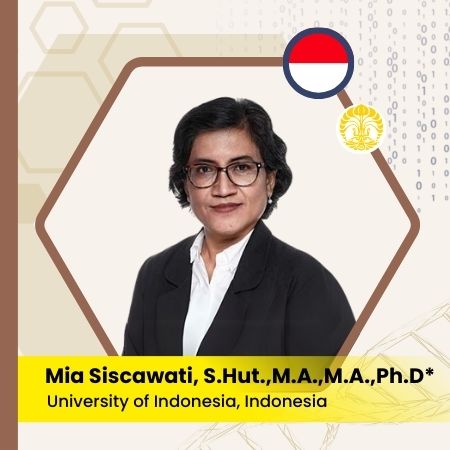RAPD marker-based genetic diversity of local rice varieties in Kampung Naga, Tasikmalaya West Java
Keywords:
rice, local, Kampung Naga, genetic diversity, RAPDAbstract
Kampung Naga is a traditional village for the Sundanese tribe located near Tasikmalaya, West Java Province, Indonesia. Agriculture serves as the primary economic activity for the people of this community, both inside and outside of the cultivated lands. They continue to use conventional agricultural practices to preserve local wisdom passed down by their ancestors in order to ensure food security in the village. A number of the thirteen (13) local rice varieties that are frequently and widely cultivated in the area are employed in their traditional ceremonies. This study aimed to investigate the genetic diversity and relationship among the local rice varieties cultivated in Kampung Naga. In order to measure genetic diversity more precisely and efficiently, molecular markers are used in the testing process. Accurate knowledge of the genetic variability of rice plants, particularly local rice varieties, is crucial for the preservation and improvement of plant species through breeding. Data analysis using NTSys and clustering in a dendrogram were constructed using UPGMA.






























